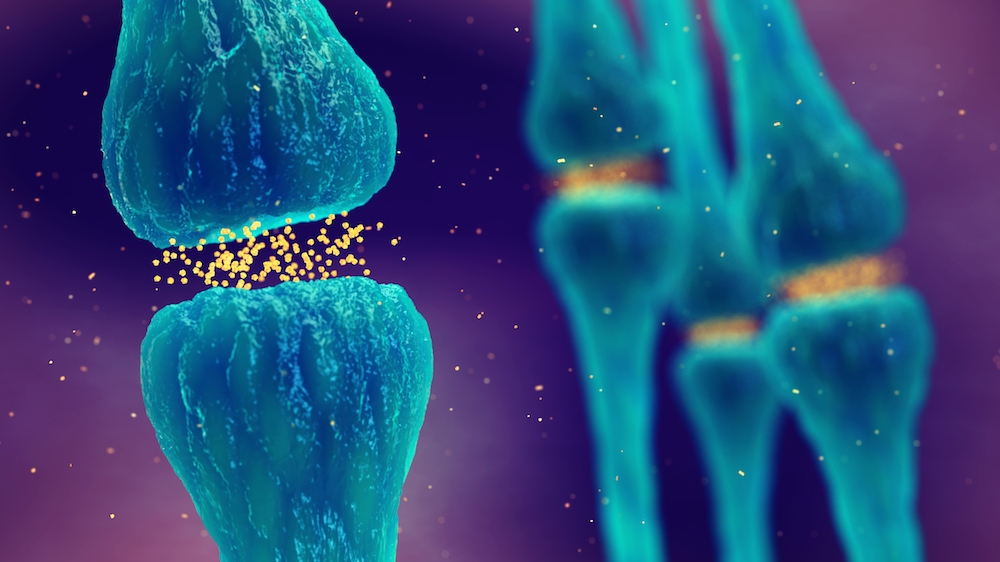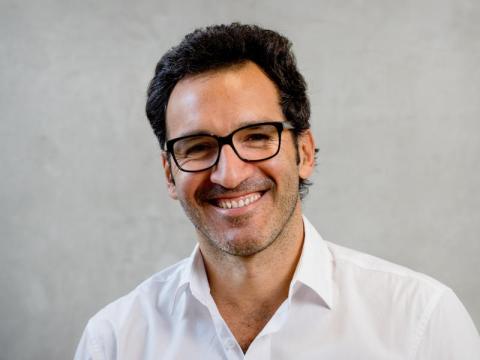Biography
Originally from Chile, Dr Patricio Opazo obtained a PhD at the University of California, Los Angeles in the lab of Dr Thomas O’Dell. Following postdoctoral training in the labs of Dr Daniel Choquet at the Université de Bordeaux and Dr Tobias Bonhoeffer at the Max-Planck Institute of Neurobiology in Munich, he started his own independent group in 2016 in the Queensland Brain Institute (QBI) at The University of Queensland in Brisbane, Australia. In 2021, Dr. Opazo joined the UK DRI in Edinburgh to leverage his long-standing expertise in synaptic plasticity to investigate the synaptic compensatory and repair mechanisms counteracting synaptic loss at the early stages of neurodegeneration.
Opazo Lab
Explore the work of the Opazo Lab, working to understand the cellular and molecular mechanisms underlying synaptic compensation and repair

